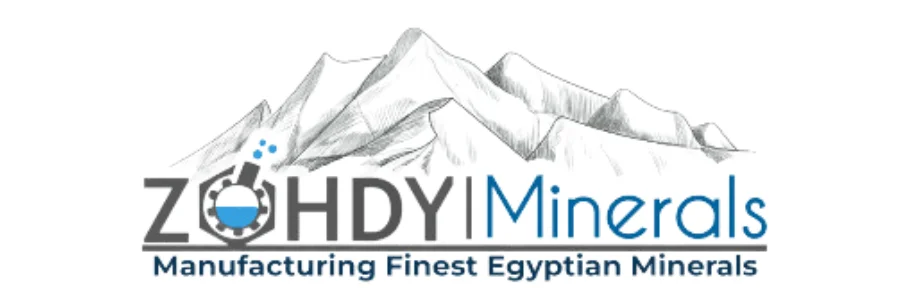GRC Walls Glass Fiber Reinforced Concrete as a filler material
Overview of using Calcium Carbonate in GRC Walls
Calcium Carbonate (CaCO3) is commonly used in GRC Walls Glass Fiber Reinforced Concrete as a filler material to enhance the properties of the concrete mix. It is known for its ability to improve the workability and durability of the GRC mixture, making it easier to shape during the manufacturing process. The addition of Calcium Carbonate also helps in reducing the overall material costs as it is an affordable and widely available additive in the construction industry.



Benefits of incorporating Calcium Carbonate in GRC-Walls
Using CaCO3 in GRC Walls offers several advantages, including increased strength and durability of the finished product. It also helps in achieving a smoother texture and improved surface finish. The use of CaCO3 can contribute to a reduction in material shrinkage, making the GRC Walls more resistant to cracks and structural damage over time. Additionally, incorporating CaCO3 in GRC Walls can enhance the sustainability of the construction process by utilizing a natural mineral as a key ingredient.
Advantages of Using Calcium Carbonate in GRC-Walls
Enhanced strength and durability
CaCO3 plays a vital role in the production of Glass Reinforced Concrete GRC Walls , enhancing their strength and durability. By improving the mix handling, it contributes to the overall stability and longevity of the walls.
Improved fire resistance properties
Another benefit of incorporating CaCO3 in GRC Walls is the enhanced fire resistance it provides. This is essential for ensuring the safety and longevity of structures in various environments.
These advantages make CaCO3 a valuable component in the production of GRC Walls, offering a balance of strength, durability, and safety.
The incorporation of CaCO3 in GRC Walls offers several distinct advantages:
- Enhanced Structural Performance:
- By contributing to strength, dimensional stability, and potentially even fire resistance, CaCO3 helps ensure the robust structural performance of GRC Walls. This allows them to withstand various stresses and loads encountered in buildings, promoting overall building safety and durability.
- Lightweight Construction:
- Despite its strength-enhancing properties, CaCO3 is a lightweight material. This contributes to the overall lighter weight of GRC walls compared to traditional concrete walls. This can be advantageous in reducing building weight, particularly for high-rise structures, and potentially simplifying construction processes.
- Versatility:
- The diverse properties of CaCO3 allow it to be tailored to different GRC wall applications. By adjusting the particle size and surface treatment, manufacturers can optimize the performance of GRC Walls for specific needs, such as enhanced strength for high-rise buildings or improved workability for complex architectural shapes.
- Cost-Effectiveness:
- Compared to some alternative materials used in wall construction, calcium carbonate offers a more cost-efficient option. This can significantly impact the overall construction cost of GRC Walls , making them a more attractive choice for various building projects.
Calcium Carbonate Application Techniques in GRC Walls
Mixing Calcium Carbonate in GRC formulations
CaCO3 is skillfully mixed into Glass Reinforced Concrete (GRC) formulations, precisely enhancing the strength and durability of the walls. This meticulous process ensures that the properties of CaCO3 are fully utilized to optimize the performance of the GRC Walls .
Optimal ratios for incorporating Calcium Carbonate
Determining the optimal ratios for incorporating Calcium Carbonate in GRC Walls is crucial for achieving the desired structural characteristics. Careful consideration is given to the proportions to ensure that the benefits of Calcium Carbonate, such as enhanced strength and fire resistance, are maximized in the final product.
Case Studies
Examples of successful projects using Calcium Carbonate in GRC-Walls
CaCO3 has been effectively utilized in various GRC wall projects to enhance their strength and durability. The careful mixing of Calcium Carbonate into the formulations has resulted in walls that exhibit superior structural integrity and resistance to environmental factors.
Impact of Calcium Carbonate on the performance of GRC Walls
The incorporation of Calcium Carbonate in GRC Walls has significantly improved their structural characteristics, including strength and fire resistance. By optimizing the ratios of Calcium Carbonate in the formulations, builders have been able to create walls that meet the desired performance standards for a wide range of applications.
Conclusion: A Building Block for a Sustainable Future
Calcium carbonate, often overlooked within the world of GRC-Walls , plays a crucial role in their strength, durability, and overall performance. From contributing to cost-effectiveness and sustainability to promoting enhanced structural performance and fire resistance, it stands as a building block for a sustainable future in construction. As advancements continue in GRC technology, calcium carbonate will undoubtedly remain a vital
To order send us






